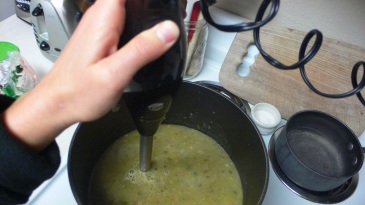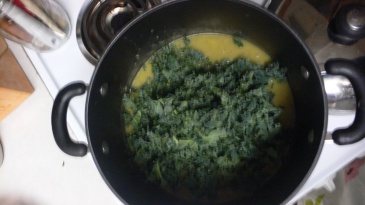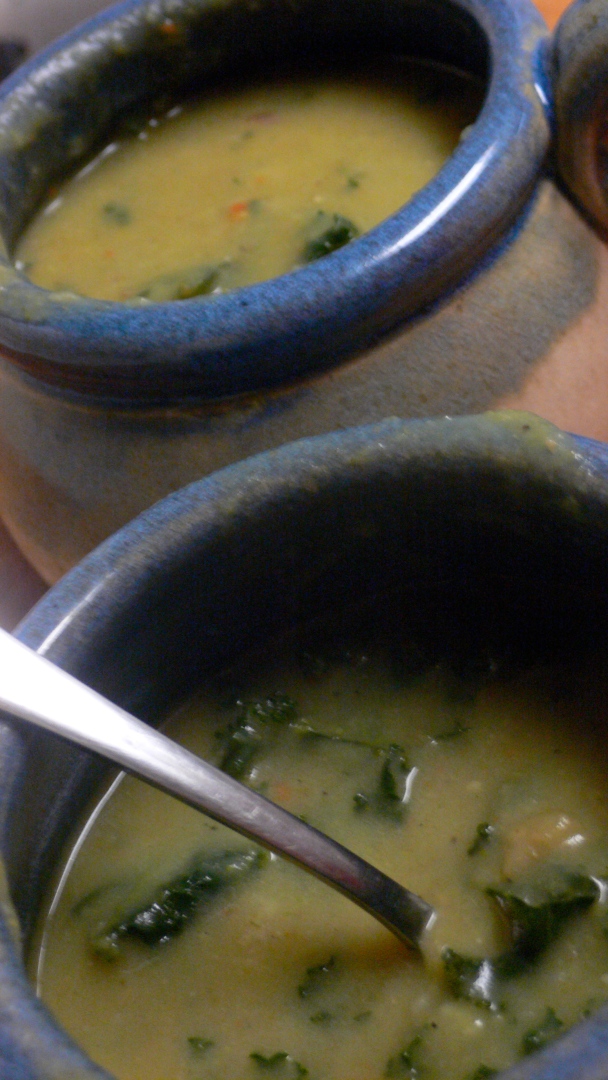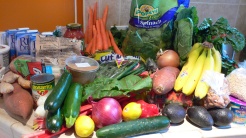It’s no surprise to you that we, on average, are a little light on the vegetable side. According to the 2011 statistics, the majority of us are either overweight or obese. Off-white eating alone won’t necessarily prevent weight gain. Whole grain flours, natural sweeteners and unrefined foods are just as calorie-dense as the white stuff (but they have fiber, are more filling, and have valuable nutrients so don’t you dare stop eating them!).
But, let’s get real. You gotta each some veggies too. Not just some, but actually a lot of veggies – like 2-4 cups/day of veggies. Like veggies at every meal every day. Yeah, it’s no easy feat. But we can do this together, I promise.
Oh, and they say that the #1 vegetable consumed is….wait for it….POTATOES! Yep, you probably knew that. French fries are the #1 vegetable consumed, if you can even really count that as a vegetable. With things like French fries and ketchup counting as vegetables we are going to be in a sad state unless we change our approach to vegetables.
So, I have a solution. Since we apparently love potatoes, but need to eat more veggies, why not find foods that bridge the gap. For instance, this potato-sneak-a-peek-leek soup. Not only does it have potatoes, but you get a peek of asparagus, kale, parsley, and onions also. But just a peek, because they are almost all pureed in with the potato, so you won’t even know it’s there. Trust me. This soup is so dang tasty and is especially nice with Aidell’s Chicken Sausages. Yum.
2 Tbsp Olive oil
2 large leeks, the dark end trimmed off and the white part cut in half and cleaned thoroughly.
1 medium onion, chopped into 1/4″ pieces
3/4 cup chopped parsley
1 1/2 cups chopped asparagus, discard ends
2 tsp sea salt, pepper, coriander
5 potatoes – something like Yukon gold – a bit creamier than a Russet or Idaho
1 1/2 cups chicken stock
1 cup water
2 cups finely chopped kale
In a large stockpot, heat the oil on medium heat. Finely chop the leeks. Mix the leeks, onions, parsley and spices into the stockpot. Cook on med for about 5 minutes, stirring about every 30-seconds.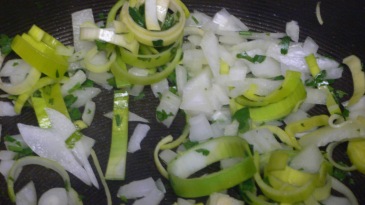
Cook until the onions are translucent. Next, add the chopped asparagus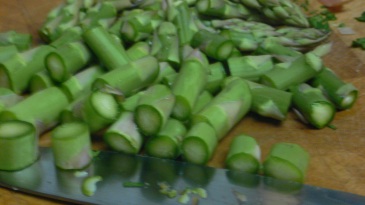
Once added, mix in the stock and water. Bring to a boil. Once boiling, add the chopped potatoes and stir. Cook, covered, for about 20-minutes. Check to ensure the potatoes are soft but not mushy.
Next, use an immersion blender to puree. If you don’t have one – get one. I have the Food Network imimmersion blender. It’s okay, but I’d rather have the Cuisinart. If you can’t get one, they you can put the soup in the blender and pulse for a few seconds.
And finally, add the kale. I prefer the texture of the soup with the kale unblended, but it’s up to you.
And, lst but not least…ENJOY!
